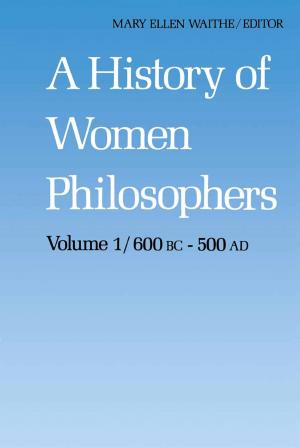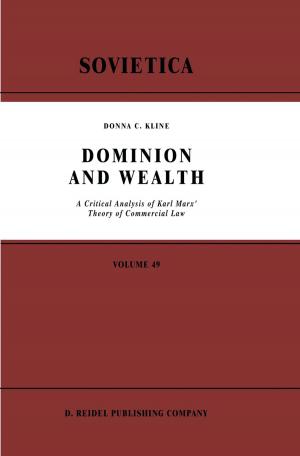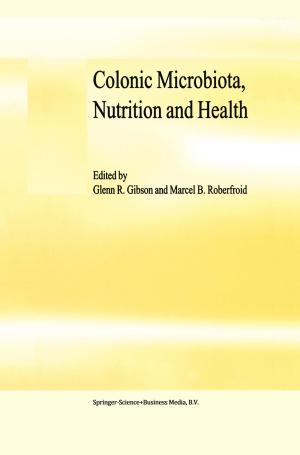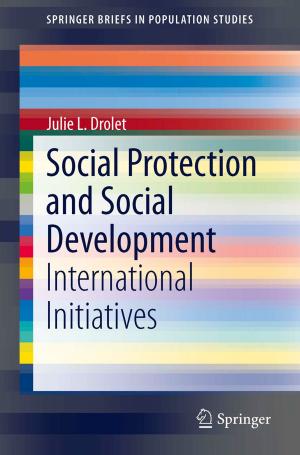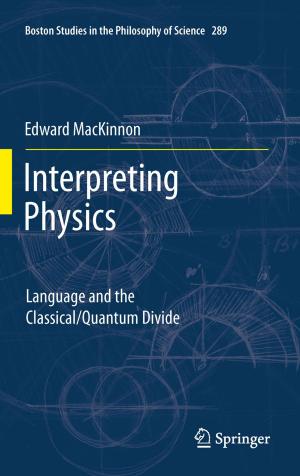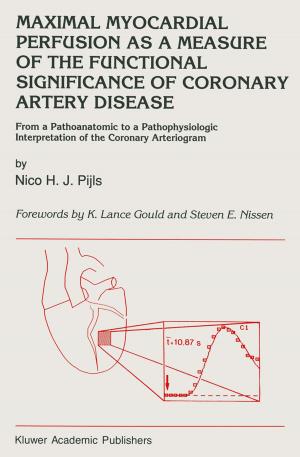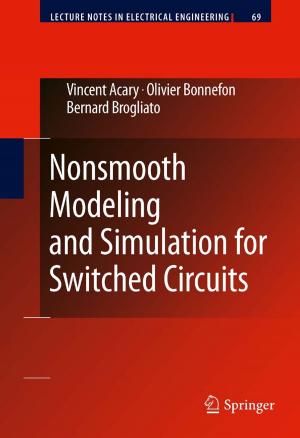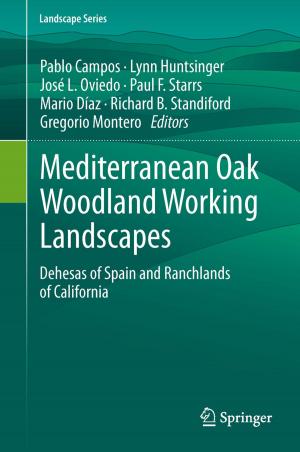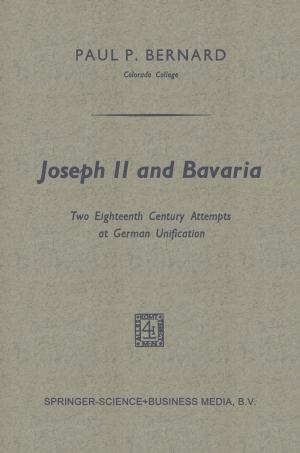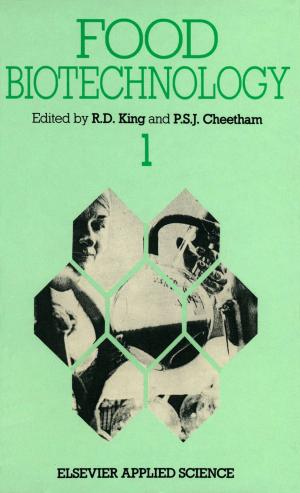Grain Boundaries
From Theory to Engineering
Nonfiction, Science & Nature, Science, Chemistry, Crystallography, Technology, Material Science| Author: | Louisette Priester | ISBN: | 9789400749696 |
| Publisher: | Springer Netherlands | Publication: | November 28, 2012 |
| Imprint: | Springer | Language: | English |
| Author: | Louisette Priester |
| ISBN: | 9789400749696 |
| Publisher: | Springer Netherlands |
| Publication: | November 28, 2012 |
| Imprint: | Springer |
| Language: | English |
Grain boundaries are a main feature of crystalline materials. They play a key role in determining the properties of materials, especially when grain size decreases and even more so with the current improvements of processing tools and methods that allow us to control various elements in a polycrystal.
This book presents the theoretical basis of the study of grain boundaries and aims to open up new lines of research in this area. The treatment is light on mathematical approaches while emphasizing practical examples; the issues they raise are discussed with reference to theories. The general approach of the book has two main goals: to lead the reader from the concept of ‘ideal’ to ‘real’ grain boundaries;
to depart from established knowledge and address the opportunities emerging through "grain boundary engineering", the control of morphological and crystallographic features that affect material properties.
The book is divided in three parts:
I ‘From interganular order to disorder’ deals with the concept of the perfect grain boundary, at equilibrium, and questions the maintenance of its crystalline state.
II ‘From the ideal to the real grain boundary’ deals with the concept of the faulted grain boundary. It attempts to reveal the influence of the grain boundary structure on its defects, their formation and their accommodation.
III ‘From free to constrained grain boundaries’ is devoted to grain boundary ensembles starting from the triple junction (the elemental configuration) to real grain boundary networks in polycrystals
This part covers a new and topical development in the field. It presents for the first time an avenue for researchers working on macroscopic aspects, to approach the scale of description of grain boundaries.
Audience: graduate students, researchers and engineers in Materials Science and all those scientists pursuing grain boundary engineering in order to improve materials performance.
Grain boundaries are a main feature of crystalline materials. They play a key role in determining the properties of materials, especially when grain size decreases and even more so with the current improvements of processing tools and methods that allow us to control various elements in a polycrystal.
This book presents the theoretical basis of the study of grain boundaries and aims to open up new lines of research in this area. The treatment is light on mathematical approaches while emphasizing practical examples; the issues they raise are discussed with reference to theories. The general approach of the book has two main goals: to lead the reader from the concept of ‘ideal’ to ‘real’ grain boundaries;
to depart from established knowledge and address the opportunities emerging through "grain boundary engineering", the control of morphological and crystallographic features that affect material properties.
The book is divided in three parts:
I ‘From interganular order to disorder’ deals with the concept of the perfect grain boundary, at equilibrium, and questions the maintenance of its crystalline state.
II ‘From the ideal to the real grain boundary’ deals with the concept of the faulted grain boundary. It attempts to reveal the influence of the grain boundary structure on its defects, their formation and their accommodation.
III ‘From free to constrained grain boundaries’ is devoted to grain boundary ensembles starting from the triple junction (the elemental configuration) to real grain boundary networks in polycrystals
This part covers a new and topical development in the field. It presents for the first time an avenue for researchers working on macroscopic aspects, to approach the scale of description of grain boundaries.
Audience: graduate students, researchers and engineers in Materials Science and all those scientists pursuing grain boundary engineering in order to improve materials performance.



